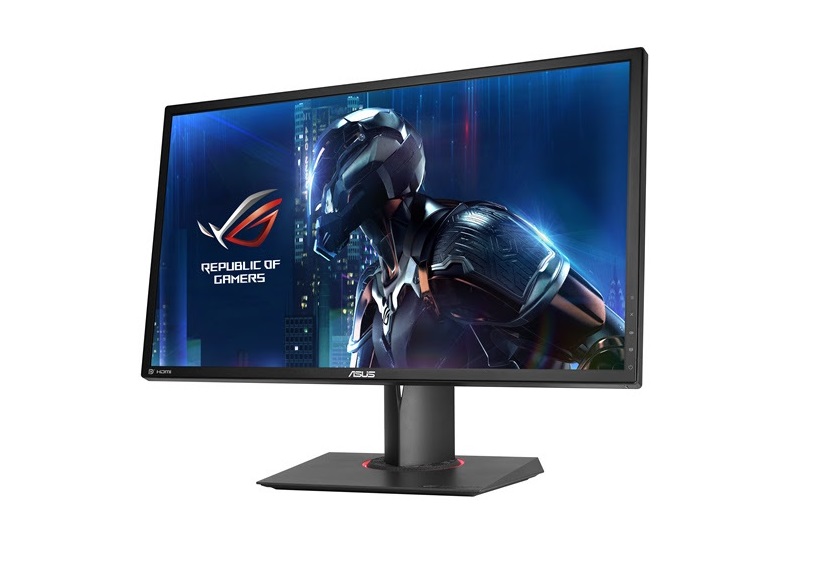The hyper-connected world we’ve built relies quite heavily on wireless network connections to take full advantage of the wireless devices we own and use.
But with a growing number of wireless devices joining the networks we’ve created, and the Internet of Things poised to add billions more, the sheer volume of connected devices is about to explode. Thus, the networking equipment used to deploy networks needs to evolve and adapt to be more robust, support more devices than ever, and to make joining and leaving the network a little bit easier.
That’s what Cisco is aiming to do with this new range of devices, the Cisco Aironet 1830 series of access point. At first glance they seem a bit dull – these are wireless access points aimed at existing networks that extends those networks’ range – but what’s different is how they do that: they sport some under-the-hood refinements that make it a pretty impressive piece of kit.
The main reason for that is the Aironet 1830 series is made up of 802.11ac Wave 2 devices. Wave 1 brought us gigabit-class wireless networking devices with a theoretical maximum physical throughput of 1.34Gbps, but as we know now most fell quite a ways short of consistently delivering that performance.
That theoretical maximum almost doubles with Wave 2 gigabit Wi-Fi devices to a delicious 2.34Gbps, so even if Wave 2 devices under-deliver on throughput by a factor of 50%, that’s still enough for speeds to pass the gigabit mark. Excited yet?
This is fantastic news for anyone interested in high-speed wireless networking, but the good news doesn’t stop there. Wave 2’s spec also provides for connecting more devices per access point than ever before, thanks to new multi-user multiple input multiple output (MI-MIMO) technology.
It’s a mouthful, for sure, but essentially it means that the wireless spectrum is used more efficiently when multiple devices are connected, and thus supports more than Wave 1 did. It also makes it easier for devices to get on and off the network.
And with support for Cisco’s Mobility Express technology, setting up, managing and maintaining however many access points you need is incredibly simple. Individual APs can be set up in less than 10 minutes, and all the features – from basic to advanced – are conveniently accessible from a single pane of glass.
So if you’re looking to future-proof the wireless portion of your business WLAN, Cisco’s Aironet 1830 series of access points is a great option.
More clients than ever can connect to a single AP
Works with Cisco Mobility Express for easy deployment and management” negatives=”802.11ac Wave 2 technology is new enough that devices that use it are more expensive than their Wave 1 predecessors.”][rating title=”Ease of Deployment” value=”5″ range=”5″]
[rating title=”Number of wireless clients” value=”5″ range=”5″]
[rating title=”Performance” value=”5″ range=”5″]
[rating title=”Value for money” value=”4″ range=”5″]
[rating title=”Manageability” value=”5″ range=”5″][/review_summary]







